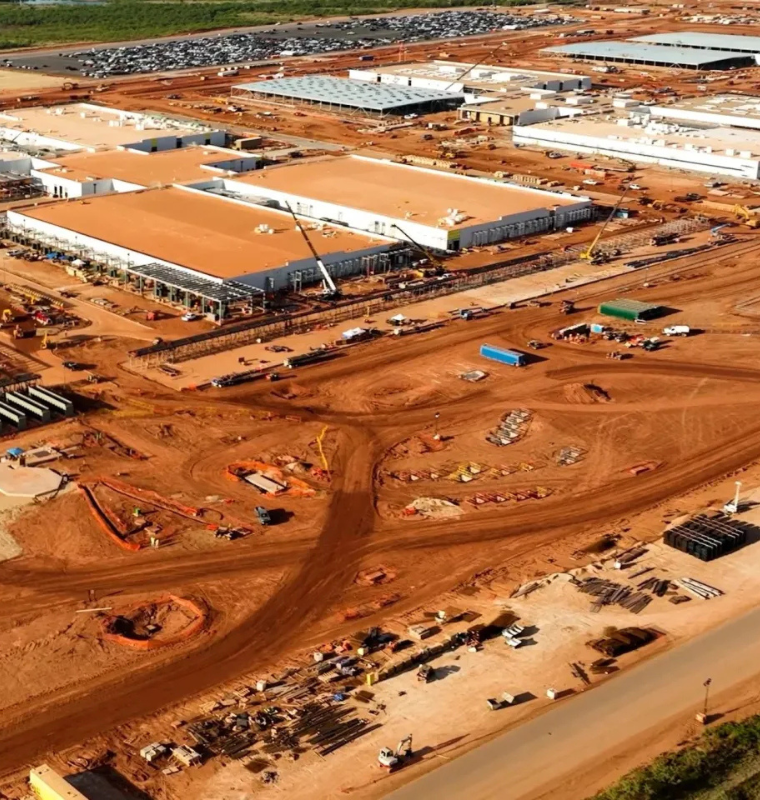Silicon Valley’s Defense Startups Reshape National Security With Billions in New Funding
Silicon Valley’s Defense Startups Reshape National Security With Billions in New Funding
By
Calder Monroe
Last updated:
October 3, 2025
First Published:
October 3, 2025

Guvendemir | E+ | Getty Images
Silicon Valley, long known as the birthplace of consumer technology, is now powering a new revolution—defense technology. Startups once seen as outsiders in the military space are pulling in billions of dollars, positioning themselves to challenge the decades-long dominance of legacy defense contractors.
Billions Flowing Into “Neoprimes”
Leading the charge is Anduril Industries, which recently secured a valuation of $30.5 billion after its latest funding round. Alongside Palantir Technologies and SpaceX, Anduril is part of a new wave of defense tech firms dubbed “neoprimes.” These companies are leaner, faster, and software-first—traits that stand in contrast to traditional defense titans like Lockheed Martin, Northrop Grumman, Boeing, General Dynamics, and RTX (formerly Raytheon).
According to JPMorgan, venture funding for U.S. defense technology startups reached roughly $38 billion in just the first half of 2025. If the momentum holds, the sector could surpass its 2021 record, marking a dramatic shift in how defense innovation is financed.
Why These Startups Matter
Unlike the legacy “primes,” Silicon Valley’s neoprimes are building dual-use technologies with both commercial and military applications. Artificial intelligence, autonomous systems, space technologies, and cybersecurity platforms are at the heart of their offerings.
“AI and autonomy are not just shaping business operations, but they are becoming force multipliers in military strategy,” said Jameson Darby, co-founder of MilVet Angels, an investment syndicate backing defense startups. “The Department of Defense has sent clear signals to the market: they need these technologies now.”
This is not about creating tools to wage war, experts argue, but rather establishing credible deterrents. By advancing cutting-edge capabilities, these firms aim to reduce risks of conflict by ensuring adversaries think twice before engaging.
Shifting Battlefields, New Needs
The U.S. military’s priorities have shifted dramatically. For nearly two decades after 9/11, the focus was on counterterrorism—low-tech insurgent warfare that emphasized ground operations. Today, the battlefield is multi-domain, extending across land, air, sea, cyber, and even outer space.
Hypersonic missiles, satellite defense, integrated sensing, energy resilience, and cyber warfare capabilities are now critical. Neoprimes are stepping into these gaps faster than traditional primes can move.
“The battlefield is changing. We’re no longer talking only about tanks and aircraft carriers—cyber and space have become contested arenas,” said Ernestine Fu Mak, co-founder of MilVet Angels and Brave Capital.
The Rise of the “New Guard”
On Sept. 17, MilVet Angels officially came out of stealth mode after years of quietly funding startups in the sector. Today, the syndicate counts about 250 members, including Wall Street financiers, intelligence officers, company executives, and former military leaders. Their investments include firms such as Shield AI, Hermeus (working on hypersonic aircraft), Ursa Major (rocket engines), and Aetherflux (energy systems).
Mak calls this network of innovators, veterans, and technologists the “new guard.” It’s a coalition of people with battlefield experience and deep technical expertise, united by a shared mission to bolster U.S. national security.
Balancing Innovation and Risk
Despite the rapid growth, challenges remain. Defense startups still only capture a small fraction of the Pentagon’s vast procurement budget, which exceeds $800 billion annually. Incumbent primes maintain deep relationships and decades of infrastructure that are not easily displaced.
Still, the neoprimes’ agility and ability to adapt to shifting demands give them a unique edge. With global tensions rising—whether in Eastern Europe, the South China Sea, or cyberspace—demand for cutting-edge defense technologies is unlikely to slow.
“No one in defense tech is trying to ignite conflict,” Mak emphasized. “They’re building credible deterrents. The ultimate goal is peace through strength, ensuring America’s allies and adversaries alike recognize the costs of aggression.”
As investors pour billions into these companies, Silicon Valley is no longer just shaping the future of consumer technology—it’s rapidly redefining the architecture of global defense.
Popular articles
Subscribe to unlock premium content
Why Consumers Buy Limited-Edition Fashion and Beauty Products

How K-Beauty Changed the Global Skincare Industry and Consumer Expectations

How Streetwear Became a Billion-Dollar Industry From Niche to Mainstream

Why Consumers Buy Limited-Edition Fashion and Beauty Products

How K-Beauty Changed the Global Skincare Industry and Consumer Expectations

Why Consumers Buy Limited-Edition Fashion and Beauty Products









